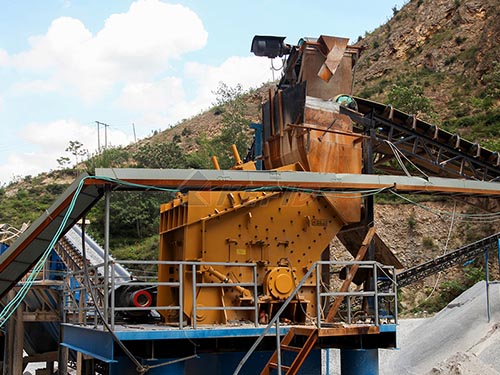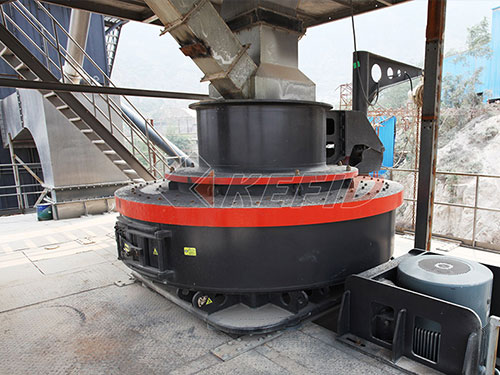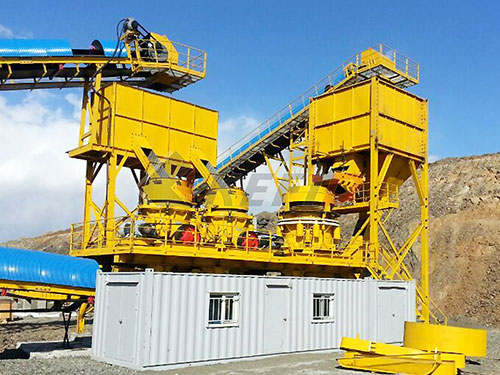Strategic Perspectives on Impact Crusher Investment in the Austrian Market
Austria presents a unique and compelling landscape for investment in crushing technology, particularly impact crushers. Nestled within the heart of Europe yet characterized by its demanding Alpine terrain and stringent environmental regulations, the Austrian market demands robust solutions that blend high performance with ecological responsibility and operational efficiency. Investing wisely in impact crushers here requires a deep understanding of local dynamics spanning infrastructure needs, regulatory frameworks, technological trends, and economic viability.
Understanding the Austrian Context: Drivers for Crushing Demand
Several key factors underpin the demand for aggregate processing equipment like impact crushers across Austria:
1. Infrastructure Development & Maintenance: Austria maintains an extensive network of roads (Autobahnen), railways (ÖBB), bridges, tunnels (critical through the Alps), and hydroelectric power facilities requiring continuous maintenance and periodic upgrades. Major projects like the Brenner Base Tunnel expansion create significant long-term demand for high-quality aggregates.
2. Construction Sector: While subject to economic cycles, Austria’s construction industry remains relatively stable compared to some neighbors due to consistent public spending on social housing and public buildings alongside private commercial development.
3. Alpine Terrain & Quarrying: The prevalence of hard rock formations necessitates powerful primary crushing solutions upstream of impact crushers often used as secondary/tertiary stages.

4. Environmental Focus & Recycling Mandates: Austria boasts some of Europe’s strictest environmental regulations concerning noise emissions (Lärmemissionsverordnung), dust control (Immissionsschutzgesetz-Luft – IG-L), vibration limits near sensitive areas (e.g., residential zones near quarries), water protection near rivers/lakes common in valleys where quarries operate (Wasserrechtsgesetz), biodiversity protection impacting quarry expansion permits especially within designated protected areas such as Natura 2000 sites). Crucially there is a strong national push towards a circular economy driving Construction & Demolition Waste recycling rates upwards significantly exceeding EU targets requiring highly efficient mobile impact crushers specifically designed for C&D processing.

5. High Operational Costs: Labor costs are substantial while energy prices remain volatile emphasizing efficiency gains through automation fuel savings reduced downtime minimizing labor-intensive tasks via well-designed plants incorporating advanced impactors capable of producing multiple spec products simultaneously reducing reprocessing needs lowering overall operating expenses significantly over time justifying higher initial capital expenditure if backed by solid ROI calculations considering total cost per tonne processed throughout equipment lifecycle including maintenance intervals parts consumption fuel consumption operator hours etcetera all factored into TCO analysis critical before purchase

Leave a Reply